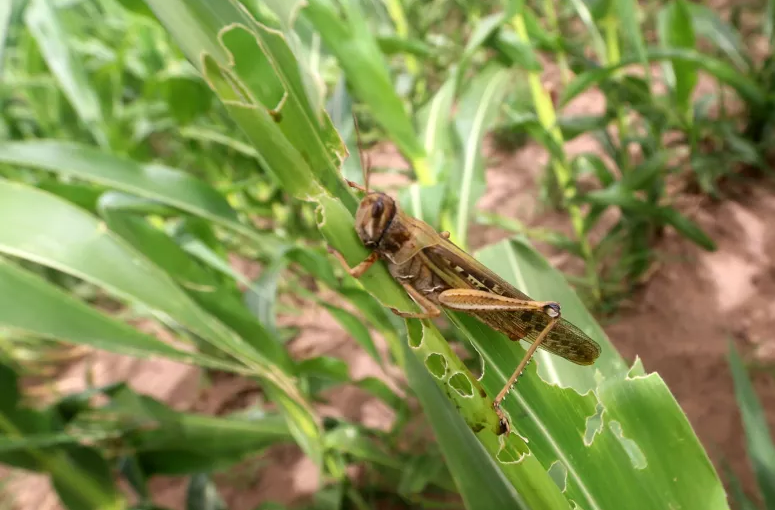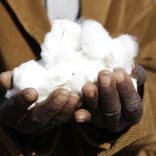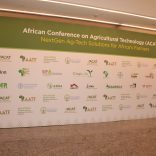Mozambique expects 23% increase in cashew nut production
Mozambique: Joint response needed to locusts threatening southern Africa

File photo: Lusa
The representative of the Food and Agriculture Organisation of the United Nations in Mozambique (FAO) on Friday advocated a joint response by southern African countries to tackle the plague of locusts in the region, warning of its rapid spread.
The insects move very quickly and can cross borders without anyone noticing in less than 24 hours. Therefore, this part of the regional coordination is a very important component to stop the spread, said Hernâni Coelho da Silva in an interview with Lusa in Maputo.
In southern Africa, besides Malawi and Tanzania, the red grasshopper plague already affects four districts in two provinces of Mozambique, namely Sofala and Niassa.
After a report by FAO on the outbreak of the plague in some countries of the region, the Mozambican Ministry of Agriculture and Rural Development launched in July a high alert for the border region between Mozambique and Malawi, advising that the plague may constitute a danger to food security.
The highest risk areas in Mozambique are the districts of Buzi, Gorongosa and Caia, in central Mozambique’s Sofala province, and Macanhelas, in northern Mozambique’s Niassa province.
“Right now, the plague is in the hatching phase and insects are breeding in these areas,” warned Hernâni Coelho da Silva.
With a very high reproductive capacity, the average weight of the red grasshopper is two grams, and, per day, the insect consumes the same amount of everything green.
“Imagine if we have a ton of red grasshoppers accumulated in an area, they can eat the plants in amounts that would be enough to feed 2.500 people. We have to be very vigilant and take timely action,” the FAO representative in Mozambique said.
Besides coordinating a regional response to the plague, FAO wants to strengthen the countries’ technical capacity and make available products needed to contain it, but attention must be paid to the consequences for the ecosystem.
The last pest that hit Mozambique dates to 2010 and at least 300 hectares of diverse crops were destroyed, a considerably low number considering that the pest arrived in the country at a time when the harvest had been made.
To resist high poverty rates and chronic malnutrition, most of the Mozambican population, living in rural areas, resort to subsistence agriculture as the only means to escape hunger.
At a time when the main challenge is the Covid-19 pandemic, the focus on capacity building and support for small farmers remain fundamental to respond to the high levels of food insecurity and the creation of value chains is seen by FAO as a solution.
“Nearly 66% of the population lives in rural areas and 90% of that population depends on agriculture. But our productivity in Mozambique is still beyond the average of production in Africa,” said Hernâni Coelho da Silva.
With the restrictions imposed by the new coronavirus, FAO fears that efforts to strengthen the capacity of small farmers and support the sector will be severely affected, with a plan budgeted at $20 million (€17 million) to avoid this scenario and ensure that farmers are informed about pandemic prevention measures.













Leave a Reply
Be the First to Comment!
You must be logged in to post a comment.
You must be logged in to post a comment.